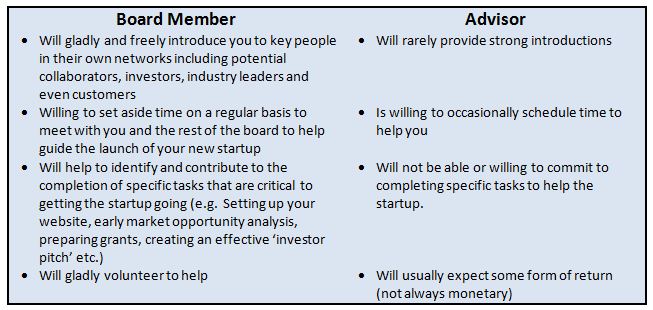Building up a substantial contact list is crucial to any startup especially as they approach the commercial launch of their first product or service. This list will be used by your commercial team to recruit alpha and beta evaluators, find strategic partners and of course uncover customers. One of the key things to keep in mind as you create this list is that it is the quality of the people on this list rather than the ultimate number (although you need this list to grow very large eventually) that is most important.
Why quality is crucial
First, what do we mean by a quality contact. This is an individual that has shown some interest in your product or service by asking you to:
- Put them on your mailing list to keep them informed
- Exchanged business cards with you at an event you both attended (they asked for yours first)
- Has reached out to you via your website, phone or perhaps by visiting a poster or vendor booth you hosted at an industry event.
People that you connect with in one of the ways described above will have a higher chance of being valuable to you and your company in the future including becoming some of your first customers. Simply scanning the badge of everyone that visits your booth at a tradeshow to grab some free swag might provide a big number of contacts that you can put on a spreadsheet but now you will have to sort through all of them to find the quality contacts just described. You have better things to do with you time.
The Random Walk
The highest quality contacts that you could have are those that you have had a chance to sit down and connect with on a one-on-one basis. If you establish a strong connection during these meetings, these folks can turn out to be your strongest advocates and will go out of their way to help you with referrals, advice and other valuable inputs. However, the problem here is that you need a significantly larger number of contacts to insure that you have a broad enough reach that will ultimately return the kinds of contacts that will become satisfied customers. It is not possible to reach all of these people individually. Reid Hoffman (Cofounder and Chairman of LinkedIn) and Ben Casnocha provide an excellent discussion of how to successfully build your network of contacts with sufficient depth and breadth in their book ‘The Start-Up of You’. All of the people that we would consider high quality contacts would be rated as first degree connections (depth) on LinkedIn. The contact lists of your 1st degree connections represent your extended list (breadth) that will have the size you need to drive your commercial efforts. In LinkedIn parlance, these are 2nd degree connections to you. As an example of the reach of this extended network, a list of 300 – 400 direct connections (LinkedIn 1st degree connections) gives you access to over 6 million indirect connections (LinkedIn 2nd degree connections). Whether you use LinkedIn or not, the compelling size of these indirect connections is real and worth the effort to cultivate.
This is Doable
It is likely that between the founding team members, your advisors and other strategic partners that you will be well on your way to developing a list of hundreds of quality (1st degree) contacts. Be sure to seek out opportunities to meet with new people on a ‘one-to-one’ basis as much as possible. You never know who these people are connected to and what valuable introductions they will provide. Looking forward, that is can look like a very random process and it is. You can increase the likelihood of making meaningful connections by attending events that you think will attract the people you would like to meet (industry events, tradeshows, lectures, CEO groups etc.).
Selected Tactics for Building your High Quality Contact List:
- Reach out to friends and family. Not all of these will be relevant but this is an easy first step.
- Review the alumni contact list from your alma mater and professional school and reach out to prospects via e-mail, phone or ‘face-to-face’ (best). Remember, don’t just stack you list with names; you need to know that they are at least a little bit interested.
- Ask for referrals from those you meet. Always ask the people you connect with who they would recommend that you meet and ask if they can introduce you. Be sure to return the favor as much as possible as well. Give and take here can really pay off in the long run.
- Be prepared to make connections anywhere and everywhere by being sure to keep a few of your business cards with you at all times. You never know who you might meet at your spouse’s business party or at the grocery store.
- An effective Marketing effort will bring in a number of high quality connections as well as leads for your sales force. Don’t confuse a quality connection with a sales lead. Sometimes a sales lead will also be a quality connection but that is not always the case.
- Host or sponsor events in your industry. Providing a technical talk, hosting a workshop or having an Open House event at your facility are excellent ways to quickly build your list of contacts.
Picture Credit: © Suravid | Dreamstime Stock Photos & Stock Free Images







